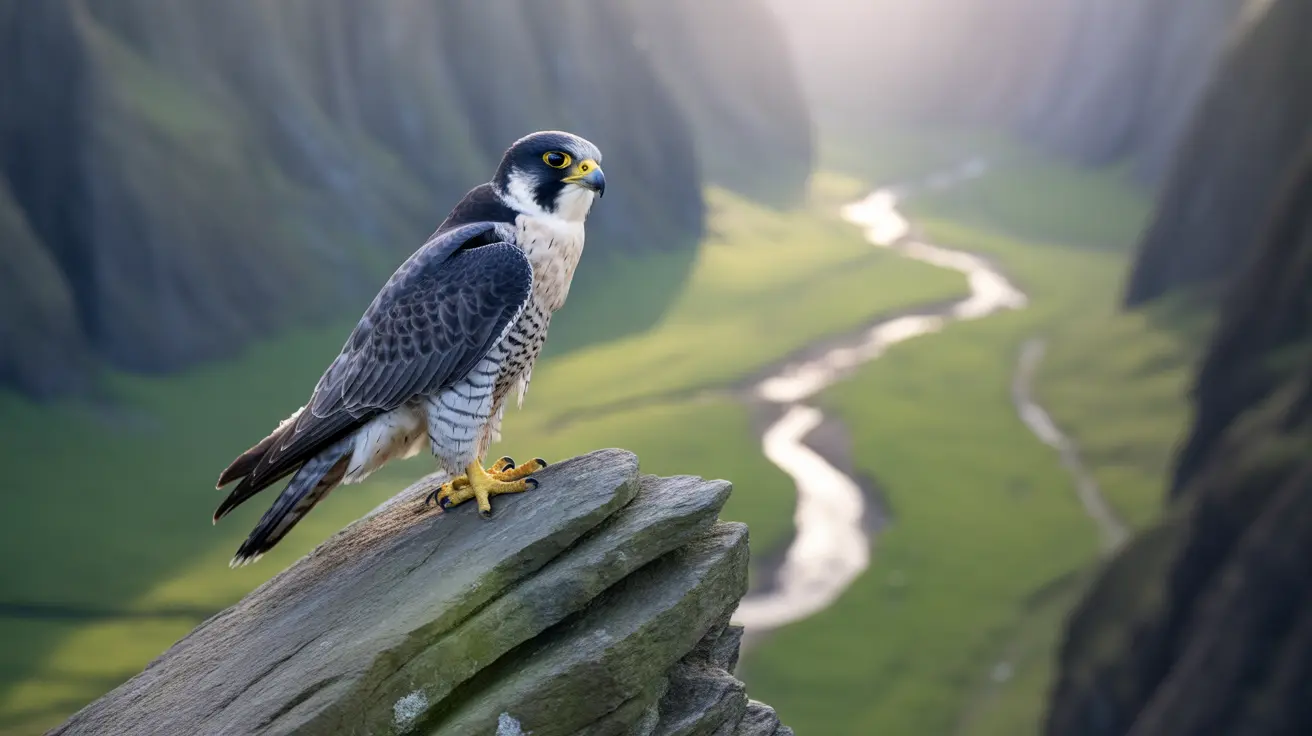New River Gorge National Park stands as one of America's most remarkable wildlife destinations, serving as a unique biogeographic crossroads where northern and southern species converge. This West Virginia treasure offers nature enthusiasts and pet owners alike an extraordinary opportunity to witness diverse ecosystems in action, providing valuable insights into wildlife behavior and habitat conservation that can inform better pet care practices.
The park's position creates a natural meeting ground for species from different regions, resulting in an exceptional concentration of biodiversity. With its ancient forests, dramatic gorges, cave systems, and flowing waterways, New River Gorge supports an impressive array of wildlife that includes everything from tiny salamanders to soaring eagles.
New River Gorge Mammals: A Diverse Community of 65 Species
The park hosts approximately 63-65 mammal species, creating one of the most diverse mammalian communities in the eastern United States. Visitors regularly encounter charismatic species like black bears, white-tailed deer, raccoons, and bobcats roaming throughout the park's varied habitats.
What makes this mammalian diversity particularly special is the presence of species at the edges of their natural ranges. The park's unique geography allows both northern and southern species to thrive in close proximity, creating opportunities for wildlife observation that are rare elsewhere in North America.
Endangered Bats New River Gorge: Critical Conservation Success Stories
Among the park's most significant conservation achievements are its bat populations, including several endangered species. The Virginia big-eared bat and Indiana bat have found crucial habitat within the park's extensive cave systems and forested areas.
These endangered bats play essential roles in controlling insect populations, making them invaluable allies for both natural ecosystems and human communities. The park's commitment to protecting bat roosts and foraging areas demonstrates how targeted conservation efforts can support species recovery.
Birdwatching New River Gorge: Over 250 Species and Counting
Birdwatchers flock to New River Gorge to observe more than 250 recorded bird species, making it a premier destination for avian enthusiasts. The park's diverse habitats support everything from tiny songbirds to magnificent birds of prey.
During migration seasons, the gorge becomes a highway for countless species traveling between breeding and wintering grounds. Visitors can expect to see migratory raptors including various hawk species, while resident populations include the melodious cerulean warbler and the distinctive wood thrush.
Peregrine Falcon Restoration and Birds of Prey
The park's bird of prey populations include both bald and golden eagles, but perhaps most noteworthy are the peregrine falcons participating in active restoration programs. These magnificent hunters represent one of conservation's greatest success stories, having recovered from near-extinction through dedicated protection efforts.
The restoration programs demonstrate how targeted conservation strategies can bring species back from the brink while maintaining healthy ecosystem balance.
Eastern Hellbender Salamander and Aquatic Wildlife
New River Gorge's waterways support remarkable aquatic life, including the impressive eastern hellbender salamander - North America's largest salamander species. These ancient amphibians serve as important indicators of water quality and ecosystem health.
The park's 48 amphibian and 38 reptile species thrive in habitats ranging from rushing streams to quiet pools, with species like the timber rattlesnake and eastern box turtle calling the diverse landscapes home.
Appalachian Biodiversity Hotspot: Conservation in Action
As an Appalachian biodiversity hotspot, New River Gorge plays a crucial role in regional conservation efforts. The park's management priorities include habitat protection, species restoration programs, and controlling human disturbance to ensure wildlife populations remain healthy and sustainable.
Climate resilience strategies help prepare ecosystems for future challenges, while collaboration between federal, state, and local partners ensures comprehensive protection for the park's incredible biodiversity.
Frequently Asked Questions
What types of mammals can I expect to see in New River Gorge National Park, and are any of them endangered?
You can see about 63 65 mammal species including black bears, bobcats, raccoons, and white-tailed deer. Notably, the park is home to endangered bats such as the Virginia big-eared bat and the Indiana bat.
Which bird species are common or notable for birdwatching at New River Gorge, especially during migration seasons?
Over 250 bird species have been recorded, including migratory raptors like hawks, breeding birds like the cerulean warbler and wood thrush, and birds of prey including bald and golden eagles and peregrine falcons, which are part of active restoration programs.
Are there any unique or endangered amphibian and reptile species in the New River Gorge that visitors might find interesting?
Yes, the park hosts at least 48 amphibian and 38 reptile species, including the endangered eastern hellbender salamander, the timber rattlesnake, and the eastern box turtle, thriving in the park's diverse habitats.
How does New River Gorge's environment support such a high diversity of wildlife from both northern and southern regions?
The park serves as a biogeographic crossroads where northern and southern species overlap due to its rugged terrain, ancient forests, caves, and river systems, creating unique habitats that support species at their range limits and several endemic animals found nowhere else.
New River Gorge National Park demonstrates the incredible diversity that emerges when conservation meets opportunity. For pet owners and wildlife enthusiasts, the park offers invaluable lessons about habitat preservation, species protection, and the interconnected nature of healthy ecosystems. Whether you're interested in observing wildlife behavior or simply appreciating nature's complexity, this remarkable destination provides endless opportunities for discovery and learning.






